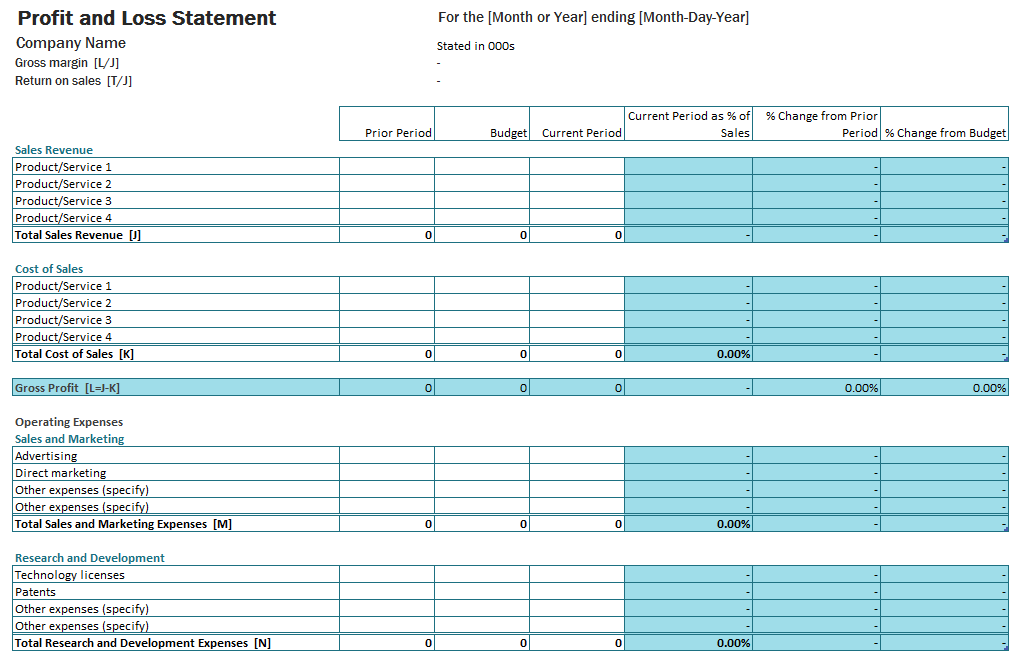PROFIT AND LOSS ACCOUNT TEMPLATES
Create your profit and loss accounts with our samples.
Profit and Loss Account

- Microsoft Excel Profit&Loss Account Template
- File format: .xlsx
- All our profit and loss account templates are free to download
- Profit and Loss accounts help you to calculate the revenue, expenses, profit or loss your company made
- Templates are optimised for Microsoft Excel
- Create your first profit and loss account quickly and easily

DOWNLOAD YOUR PROFIT AND LOSS ACCOUNT TEMPLATE NOW
Please enter your e-mail to download the file.
